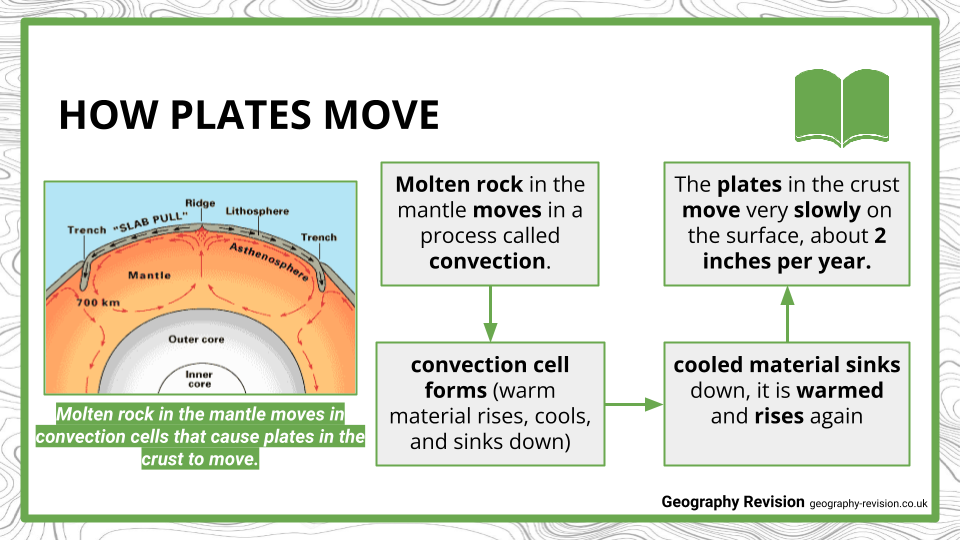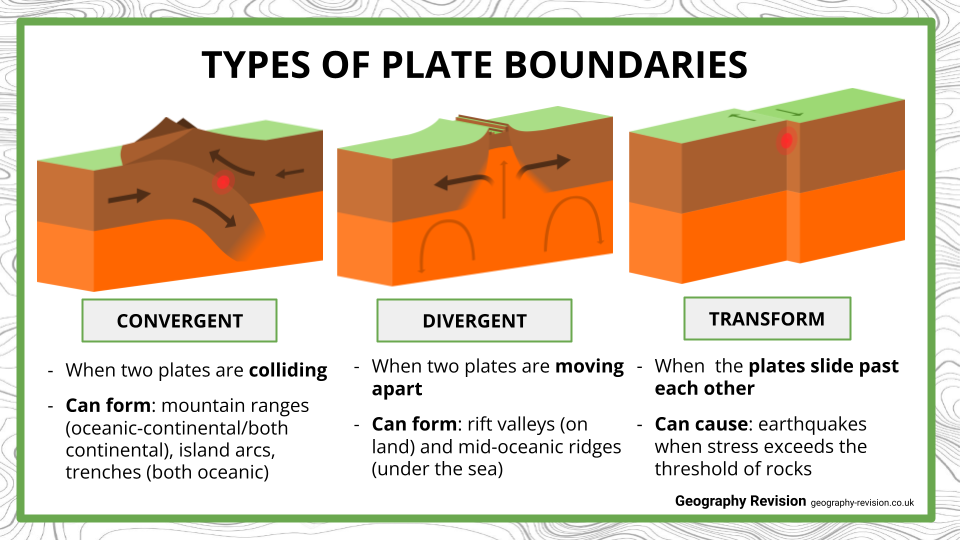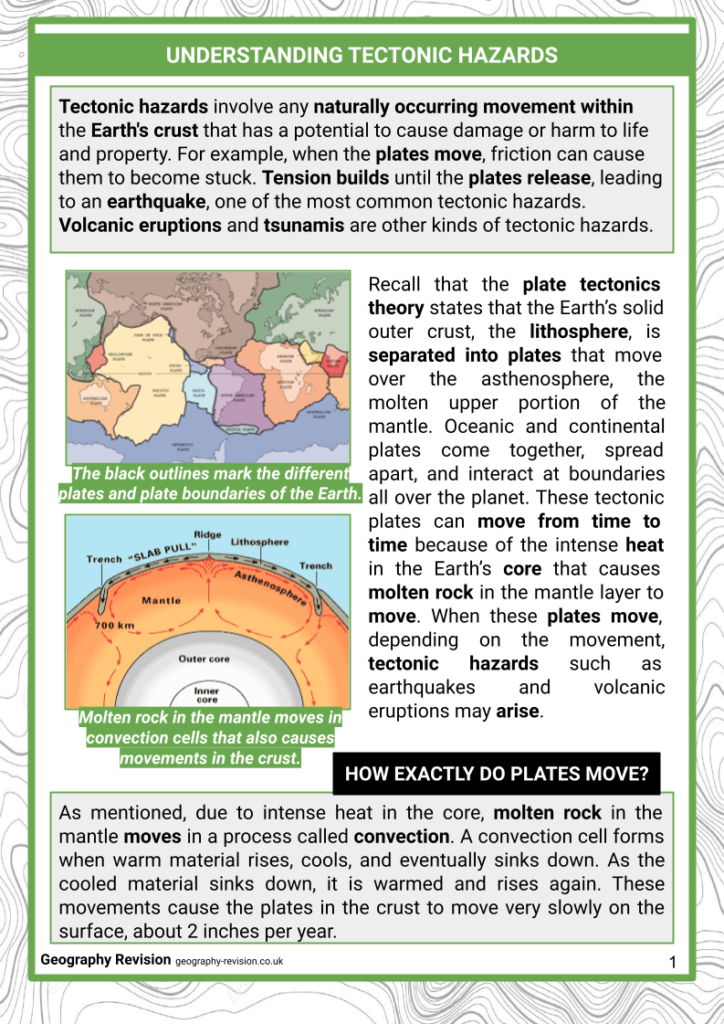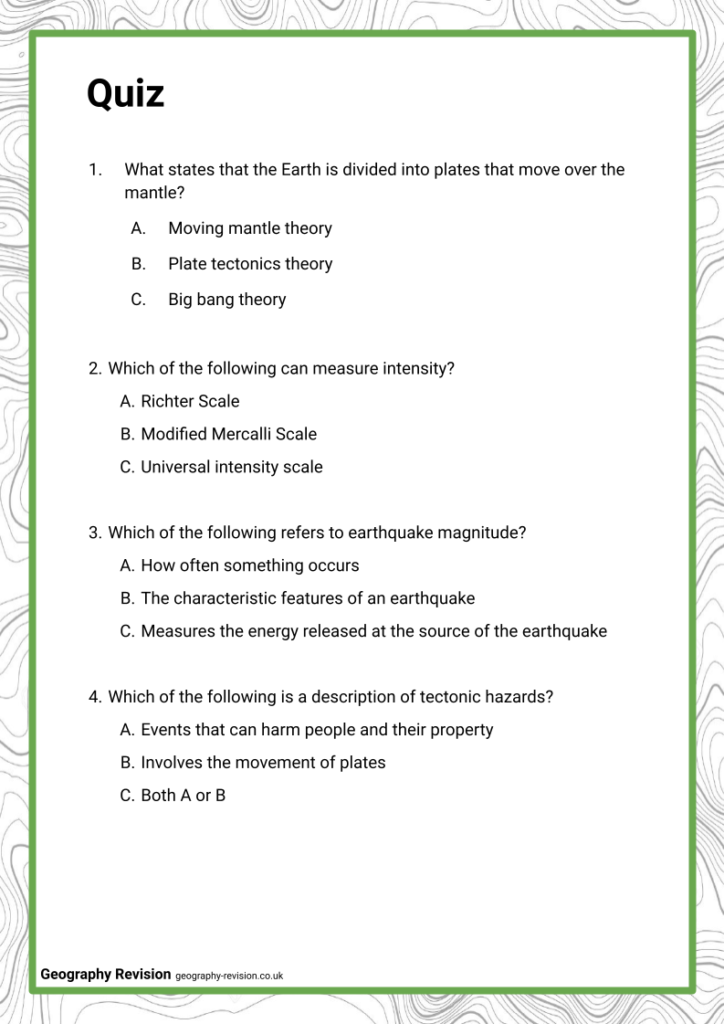Download the Tectonic Hazards Module
This module contains:
- An editable PowerPoint lesson presentation
- Editable revision handouts
- A glossary that covers the key terminologies of the module
- Topic mindmaps for visualising the key concepts
- Printable flashcards to help students engage active recall
- A quiz with an answer key to test knowledge and understanding of the module
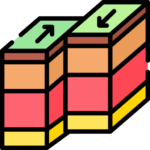
Tectonic Hazards
Tectonic hazards involve any naturally occurring movement within the Earth's crust that has the potential to cause damage or harm to life and property. For example, when the plates move, friction can cause them to become stuck. Tension builds until the plates release, leading to an earthquake, one of the most common tectonic hazards. Volcanic eruptions and tsunamis are other kinds of tectonic hazards.
This A-Level Tectonic Hazards module will enable students to:
- Define what tectonic hazards are;
- Identify the different kinds of tectonic hazards and their characteristics;
- Describe the plate tectonics theory;
- Explain how tectonic hazards can be measured and quantified;
- Describe the distribution of tectonic hazards around the world;
- Describe how each tectonic hazard is managed and predicted; and,
- Identify different ways to prepare for these said tectonic hazards
More Natural Hazards Modules
Tectonic Hazards is one lesson in our Natural Hazards module. The other theory lessons can be found below:
Volcanic Hazards
Fire Hazards

